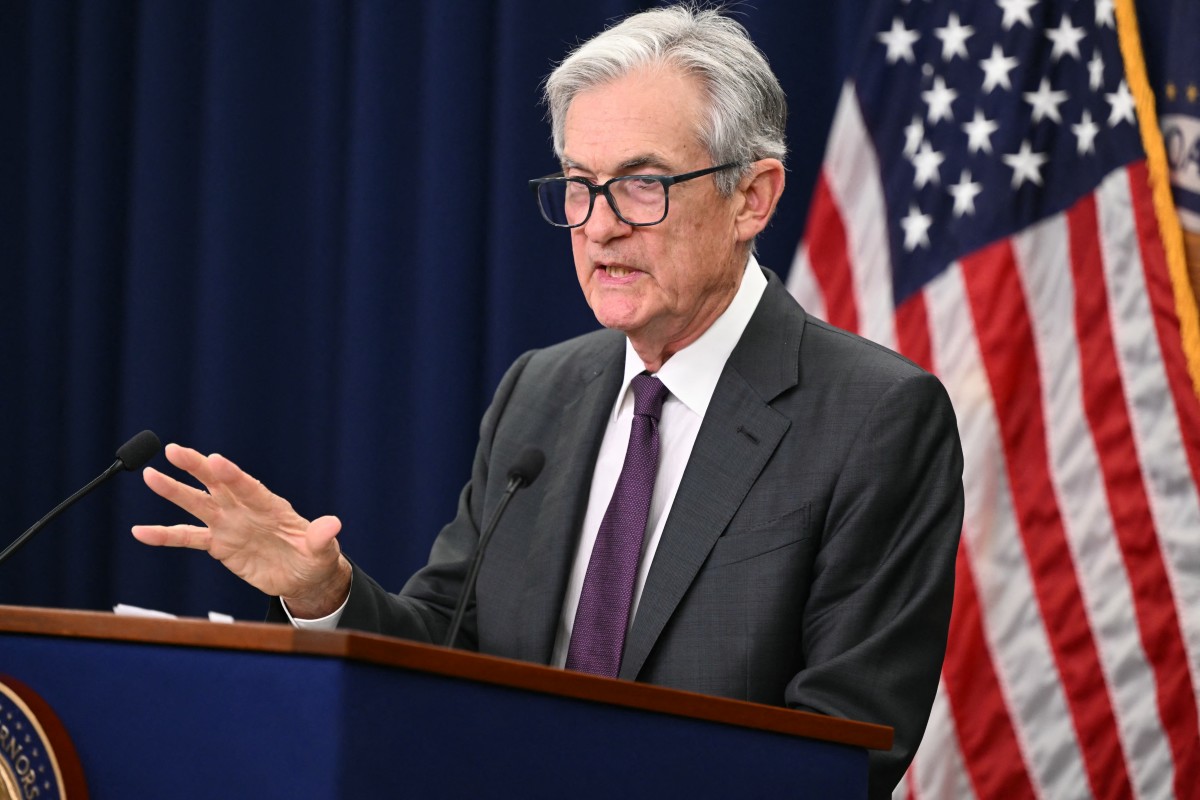Fed Fractures Widen As Dissent Sends Blunt Message on Interest Rates
September 23, 2025 | by ltcinsuranceshopper

The most telling aspect of the Federal Reserve’s Sept. 17 rate drop was not the quarter-point itself, but how divided the central bank has grown in defending it.
On paper, the decision made logical sense. Job creation has stalled. Unemployment has climbed to 4.3%. August’s housing starts fell to a 2.5-year low. Consumer confidence is fragile. The Fed had a mandate to act.
However, peeling back the layers reveals that the rate decrease is more of a compromise to cover up a deeper institutional schism. Fed Chair Jerome Powell characterized the decision as placing policy in a “more neutral” position, a defensive stance aimed at mitigating labor market weakness without rising inflation.
However, this framing simply highlighted the committee’s mounting ambivalence. Some members choose to halt here. Others see space for two additional cuts. One, probably new Federal Reserve Governor Stephen Miran, wants three or more. This is not a consensus — it is an uneasy truce.
This disparity is being driven by politics, not simply economic factors. And Miran’s criticism was not only scholarly.
As a current head of the White House Council of Economic Advisers who is on leave but has not resigned, Miran’s vote represents the Trump administration’s determined desire to guide monetary policy toward deeper, quicker easing. His half-point disagreement was more in line with President Trump’s demand for a 2% to 3% reduction than with Powell’s cautious rhetoric.
Meanwhile, President Trump’s unsuccessful effort to depose Governor Lisa Cook, as well as the current court fights around it, have added another layer of legal and political tension to the central bank.
When you combine this with Governors Christopher Waller and Michelle Bowman’s recent, now-muted hawkish dissents, it becomes evident that the Fed is dealing with an existential crisis as well as a cloudy economic picture.
What should a central bank do when its dual mission pulls it in opposite ways and its own board fractures due to political pressure?

Market reaction: a cut that felt like a hike
The initial response to the Sept. 17 Fed rate cut, in hindsight, indicates that it didn’t calm the markets and restore trust.
The Dow went up, the Nasdaq went down, and the S&P 500 concluded the day much the same as it started: a largely mixed response to an otherwise momentous day.
There was a split in the bond markets as well. Rates on short-term Treasuries fell, while yields on longer-term Treasuries rose somewhat.
This shows that investors are still unsure about what the Federal Reserve will do next, and how to absorb the news. But the largest surprise came from the mortgage markets, where rates went up instead of down, which is quite unusual following a rate decrease.
Related: Nvidia May Be Playing a Longer Game With Intel Deal
What does it mean? it may be that the markets don’t think the Fed is in charge.
Investors in mortgages care a lot about how credible the Fed is. Traders didn’t see the Fed’s action as a pivot; they viewed it as fear when a rate decrease that was expected to reduce borrowing costs led to a rise in mortgage rates.
Higher rates are already taking into account the prospect of increased inflation or fiscal instability, both of which might become worse if rates are slashed any further.
Oil markets made things much more confusing. After the Fed decision, both Brent and WTI oil prices went down. This was more because of worries about U.S. demand dropping than over supply issues.
Traders seemed to think that Powell’s “risk management” decrease meant that the Fed anticipates worse data to come, notably on employment and housing. This is because this global commodity is so closely tied to growth prospects.
In the end, it was a rare time when a rate drop, which is typically good for the market, became a hint of trouble.
Where policy meets politics: the president’s shadow over the Fed
Governor Miran’s disagreement cannot be divorced from the larger political situation. His appointment came only days before the Federal Open Market Committee (FOMC) meeting, replacing Adriana Kugler, who resigned without reason.
His nomination represents President Trump’s third to the seven-member board, providing a strategic footing at a time when the Fed is under increased political scrutiny.
Every administration will have certain differences of opinion regarding how the monetary policy is being made, but there is a degree of difference when it comes to the current administration.
Related: Anthropic’s $1.5 Billion AI Settlement Hits a Roadblock in Court
The president has been open about his goals. He wants rates cut by two to three full percentage points, purportedly to boost housing, lower government borrowing costs, and turbocharge the economy until 2026.
He’s even attempted — unsuccessfully — to oust Governor Lisa Cook, who voted with the majority. A federal judge ruled against the plan, but the event highlights the widening schism between the White House and the Fed.
President Trump’s influence on the Fed’s composition and rhetoric may alter not just economic results, but also institutional norms. The issue isn’t simply policy; there is something deeper at stake here for Powell and the Fed.
A divided Fed in an unforgiving economy
The September 17 rate decrease, although small, showed a wider breach at the core of U.S. monetary policy, one that may plague both markets and the Fed in the coming quarters.
Both Main Street and Wall Street are likely to suffer. What was once a neatly orchestrated organization presenting a unified face is now torn between conflicting economic realities, presidential politics, and internal divisions, which does not bode well for the U.S. economy.
“I don’t see any material inflation from tariffs, “said Miran on CNBC after the Fed’s decision.
Powell’s efforts to make policy data-dependent and balanced are challenged by the FOMC’s increasing divergence and his chairmanship expiring in 2026.
President Trump selected Miran not just as a dissenter, but also as a possible conduit for a more aggressive economic policy. Meanwhile, the Fed’s usual script — slow, steady, and apolitical — collides with a rapid labor slowdown, persistently high inflation, and blatant political meddling.
For investors, the message is both plain and ambiguous: The Fed is on a cutting edge, but that route is now susceptible to interruption from inside and outside the Eccles Building.
Related: Wall Street blinked, then Nvidia built its boldest partnership yet
RELATED POSTS
View all



